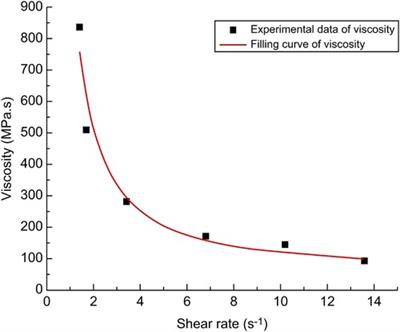ORIGINAL RESEARCH
Published on 12 Aug 2022
Analysis of the drainage effect of different incisions for high complex anal fistula based on FLUENT hydrodynamic simulation

doi 10.3389/fsurg.2022.974341
- 985 views
1,469
Total downloads
11k
Total views and downloads
You will be redirected to our submission process.
ORIGINAL RESEARCH
Published on 12 Aug 2022

BRIEF RESEARCH REPORT
Published on 28 Mar 2022

REVIEW
Published on 16 Feb 2022

